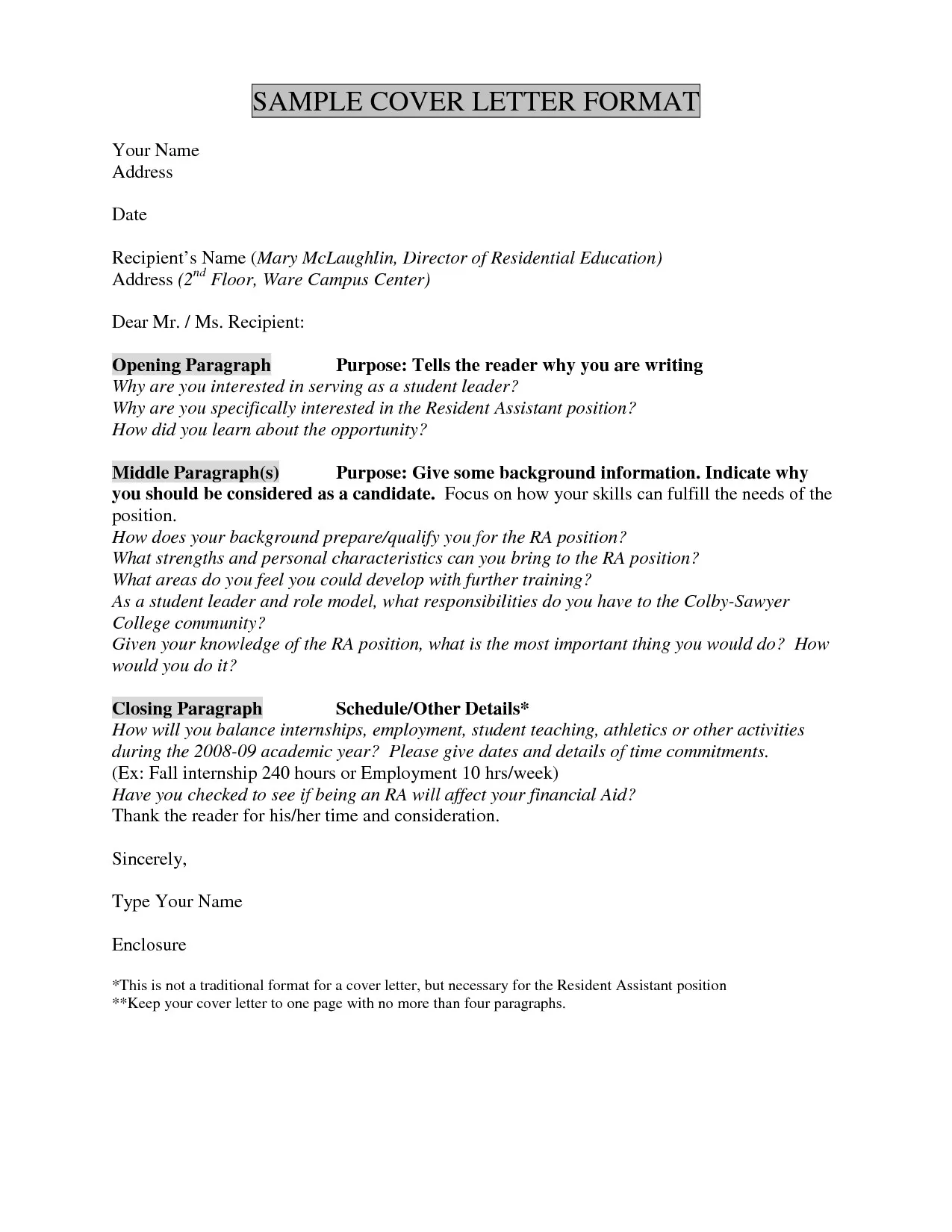Understanding the No-Name Dilemma
Writing a cover letter is often a challenging task, but what if you don’t know the name of the person you should address it to? This common problem, the ’no-name dilemma,’ can be a source of anxiety for job seekers. It forces you to rethink your approach and find creative solutions. The traditional advice of personalizing your letter to the hiring manager is rendered useless when their name is missing, so you need to adapt your strategy. The absence of a name requires you to be more resourceful and pay extra attention to other elements of your cover letter to ensure it resonates with the recipient. Let’s explore this situation and uncover the secrets to a compelling cover letter when the hiring manager’s name is unknown.
Why No Name Matters for Your Cover Letter
The absence of a name might seem like a minor detail, but it can significantly affect your cover letter’s impact. The hiring manager is more likely to respond to a personalized message. When you address someone by name, you demonstrate that you’ve taken the time and effort to learn about them and the organization. This personalization can increase your chances of getting noticed and create a positive first impression. Without a name, your cover letter can easily blend in with the hundreds of other applications. It’s important to understand that a generic cover letter can signal a lack of attention to detail or a lack of genuine interest. The initial impact of your cover letter is crucial, and addressing the hiring manager by name can often set the tone for the rest of the application process.
Impact on Initial Impression
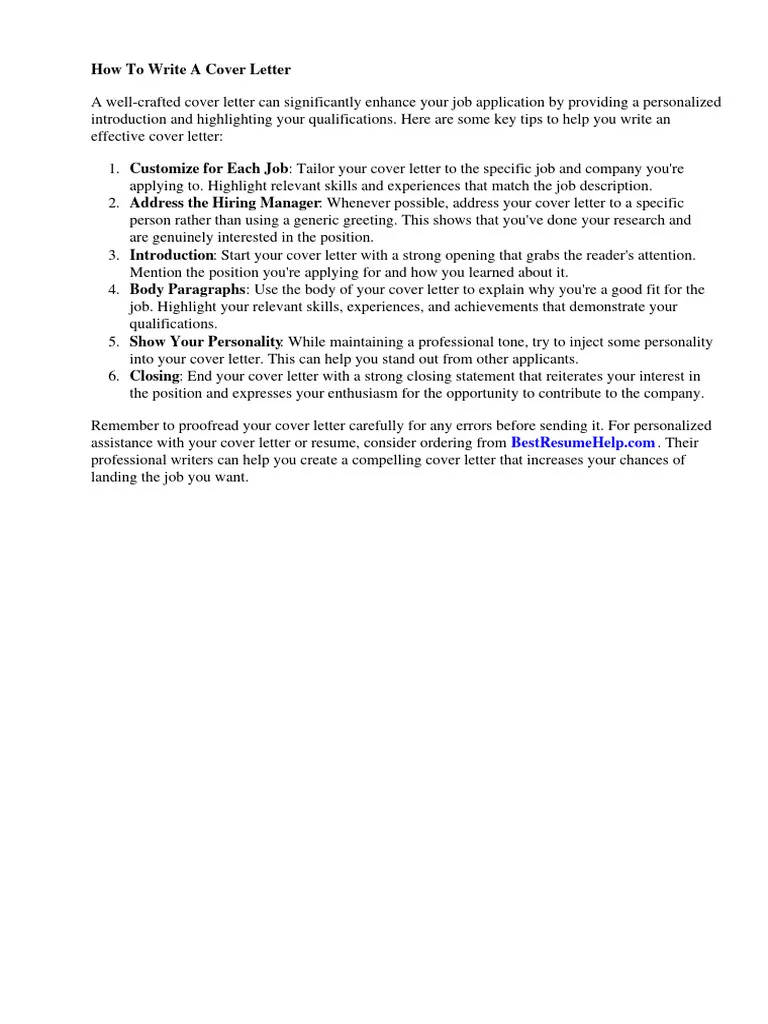
The initial impression of your cover letter is pivotal. It’s the first point of contact between you and the potential employer. A cover letter that begins with ‘Dear Hiring Manager’ can create a less personal connection. This can be a disadvantage, especially if other applicants have managed to find the hiring manager’s name. While it’s not always possible to find a name, your ability to overcome this obstacle can significantly improve your impression. Demonstrating that you’ve made an effort to research the company and the role shows that you’re genuinely interested in the opportunity and invested in the application process. This initiative alone can make a big difference in how your application is perceived, showcasing your proactive attitude and attention to detail. The lack of a name doesn’t have to be a deal-breaker, but it requires you to work harder.
How to Find the Hiring Manager’s Name
Before you resort to generic greetings, invest some time in trying to uncover the hiring manager’s name. Several resources are available to help you. This may seem like an extra step, but it can be well worth the effort. Taking the initiative to find the name shows your commitment and attention to detail. This effort often pays off with a more personalized and impactful cover letter. Knowing the hiring manager’s name allows you to tailor your letter to a specific person, which can substantially increase your chances of standing out from other candidates who might have used a generic greeting. Let’s delve into some strategies for finding the name, ensuring that your cover letter stands out and makes a memorable impression.
Using LinkedIn to Find Contact Information
LinkedIn is a powerful tool for job seekers. If you’re applying for a role at a company with an active LinkedIn presence, search for the company’s profile and then look for employees in the HR department or those listed in the job posting. Look for individuals with titles like ‘Hiring Manager,’ ‘Recruiter,’ or ‘Talent Acquisition Specialist.’ Check their profiles to see if their names are listed. If you find a potential contact, view their profile to gather information about their role and background. In some cases, you may be able to infer the correct person based on their responsibilities and position. If you’re comfortable, you might send a brief, professional message on LinkedIn to ask for clarification. Be polite and explain that you’re applying for a specific role and would like to ensure your cover letter reaches the right person. Remember to keep your message concise and respectful of their time.
Company Website and Contact Pages
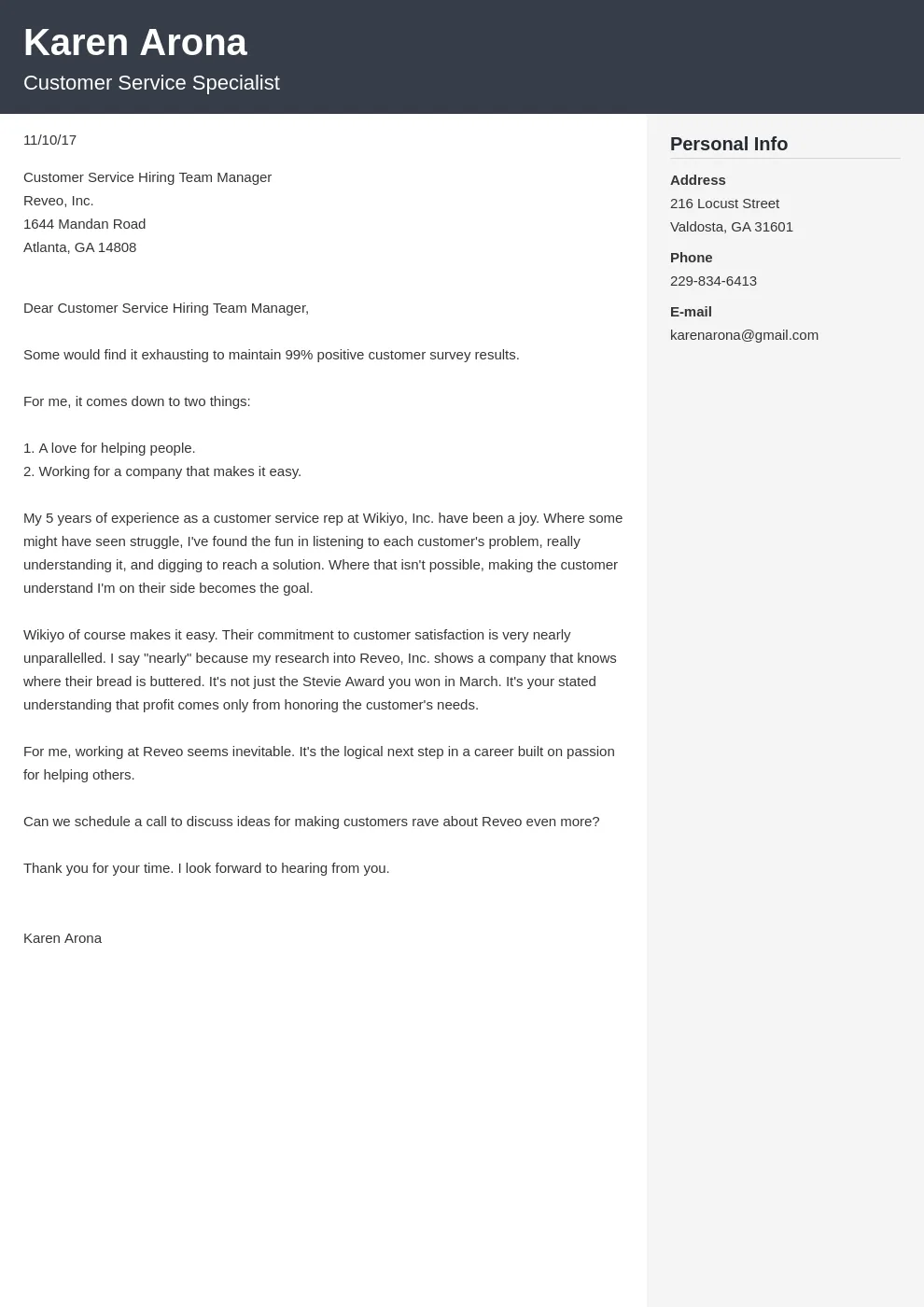
Explore the company’s website, particularly the ‘About Us,’ ‘Careers,’ or ‘Contact’ pages. Many companies list key contacts, including those in HR or recruitment. Look for a dedicated HR or recruitment email address. If available, you might be able to deduce the name of the hiring manager from the email format. For instance, if the email format is ‘firstname.lastname@company.com,’ you might be able to guess the name and address your cover letter accordingly. Some companies even provide a specific contact for job applications, which can lead you to the hiring manager’s name or direct you to the correct person. This strategy highlights your initiative and resourcefulness, showing that you are willing to go the extra mile to find the right contact. Checking the company’s website before submitting your cover letter is a simple yet effective step.
What to Do If the Name Remains Unknown
Even after diligent research, you may still be unable to find the hiring manager’s name. In this situation, you’ll need to adjust your approach and employ alternative strategies. While it’s preferable to address your cover letter to a specific individual, there are ways to create a positive impression even without a name. The key is to demonstrate your attention to detail and genuine interest in the role. Let’s explore strategies to ensure your cover letter still captures the attention of the reader and highlights your suitability for the position, even without the personalized touch.
Crafting a Strong Salutation
The salutation is the first thing the reader sees, so make it count. While ‘Dear Hiring Manager’ is a common alternative, it can be impersonal. Instead, consider using a more professional and engaging opening. Aim for a balance between formality and approachability. The right salutation can set a positive tone and encourage the reader to continue. A strong salutation can also show your respect for the company and role. It’s important to choose an option that fits the overall tone of your cover letter and the company culture.
Alternatives to “Dear Hiring Manager”
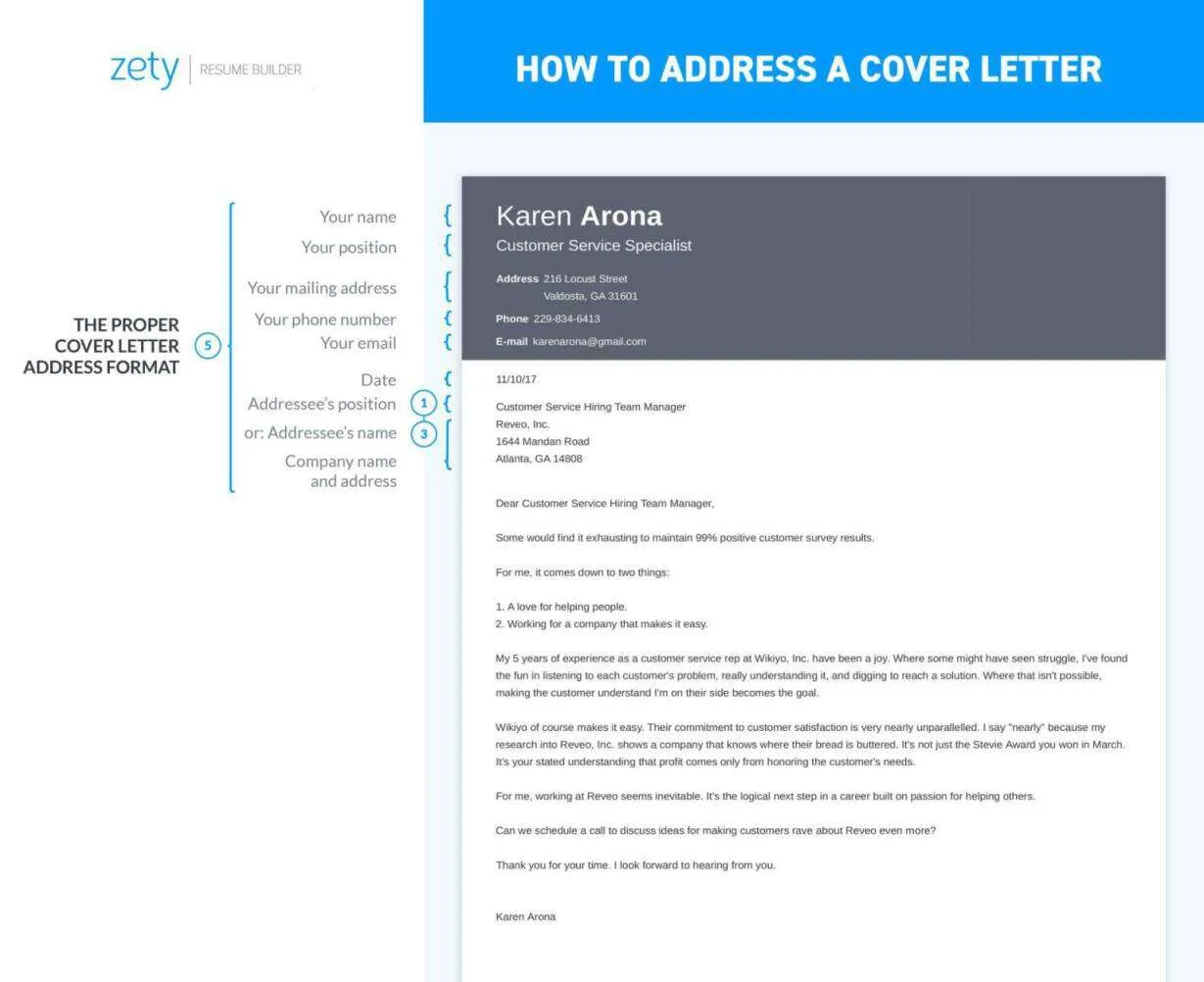
Several alternatives to ‘Dear Hiring Manager’ can make your cover letter more engaging. If the job posting specifies a department, you could use ‘Dear [Department Name] Hiring Team.’ For example, if the job is in marketing, you could write ‘Dear Marketing Hiring Team.’ You could also use ‘Dear [Job Title] Hiring Team’ if the title is known. Consider using a more formal greeting like ‘To Whom It May Concern,’ especially if the company has a formal culture. These options show your respect and that you pay attention to detail. Whatever alternative you choose, ensure it aligns with the company’s brand. The goal is to make your salutation sound professional and relevant to the specific job and company.
Focusing on the Company and Role
In the absence of a specific name, shift your focus to the company and the role itself. Research the company thoroughly and show that you understand its values, mission, and recent projects. Demonstrate your knowledge of the role and how your skills and experience align with the job requirements. Highlighting your understanding of the company and the role shows your genuine interest and makes a strong impression. When the reader sees that you’ve taken the time to understand their organization, they’ll be more inclined to consider your application. Make your cover letter a reflection of your desire to be part of their team. This can go a long way in offsetting the absence of a name. The more you demonstrate your knowledge, the better your chances are of making a positive impression.
Demonstrating Your Knowledge of the Company
Research the company to learn about its mission, values, and recent achievements. Mention specific projects, initiatives, or news items that resonate with you. This shows that you’re genuinely interested and have taken the time to understand their organization. Demonstrate your understanding of the company’s culture by aligning your writing style and tone to the company’s brand. Use their language, mention specific products or services, and show how your skills and experience can contribute to their goals. Mentioning the company’s awards or accolades also shows your interest. Show you are aware of their recent campaigns and company initiatives. Providing specific examples of how you align with the company’s values can make your application stand out. Highlighting your knowledge of the company shows you’re not just sending a generic application, but one tailored to their specific needs and culture.
Highlighting Relevant Skills and Experience
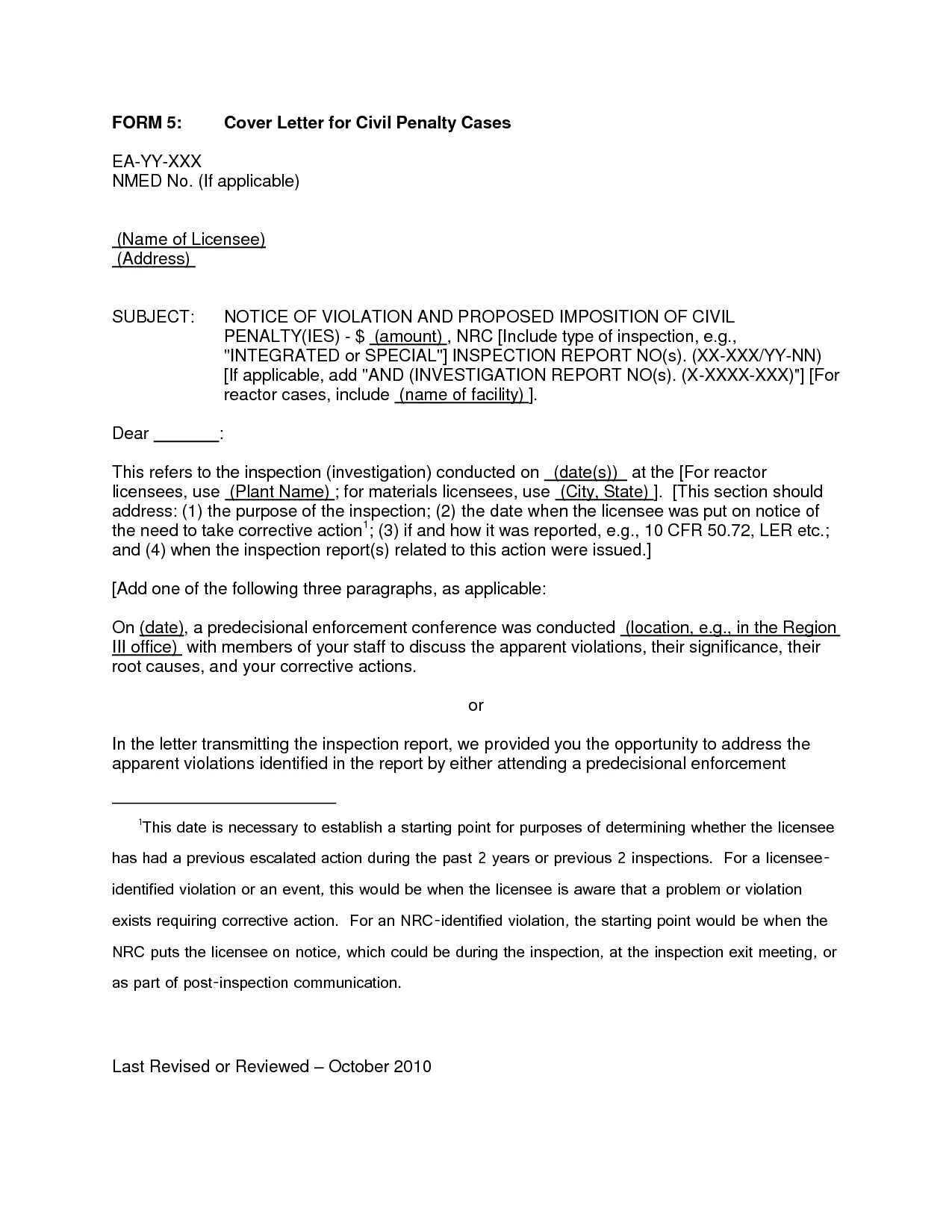
Regardless of whether you know the hiring manager’s name, highlighting your relevant skills and experience is essential. Customize your cover letter to match the specific requirements outlined in the job description. Emphasize how your past experiences have prepared you for this role. Use keywords from the job posting throughout your cover letter. This demonstrates your understanding of the job requirements and shows that you’re a good fit for the position. Your experience should be directly linked to the specific skills the job requires. The better you can articulate your relevant skills, the higher the likelihood of your cover letter standing out from the competition. Prioritize your most relevant experiences and quantify your accomplishments with concrete examples and data.
Tailoring Your Letter to the Job Description
Carefully review the job description and identify the key requirements. Then, structure your cover letter to address these requirements directly. Focus on the skills and experience that match the job description. Avoid the common mistake of creating a generic cover letter. Customizing your cover letter to each role is important and can be what makes the difference. Your goal is to show that you not only meet the job requirements but also exceed them. To show you’re a perfect match, use the same language as the job posting. Tailoring your letter demonstrates your attention to detail and genuine interest in the position. The more customized your cover letter is, the better your chances of making a positive impression and progressing in the application process.
Using Keywords from the Job Posting
Carefully examine the job posting and identify the keywords. These keywords represent the skills, experience, and qualifications the employer is seeking. Use these keywords naturally throughout your cover letter. This demonstrates that you possess the necessary skills and understand the job requirements. Make sure to integrate these keywords into your sentences so that it is easy to read and doesn’t appear forced. Avoid keyword stuffing, which can make your cover letter sound unnatural and may even work against you. The goal is to make your cover letter resonate with the hiring manager by using the same language they used in their job description. This is a critical step in making sure your cover letter makes a positive impression.
Showcasing Achievements and Quantifiable Results
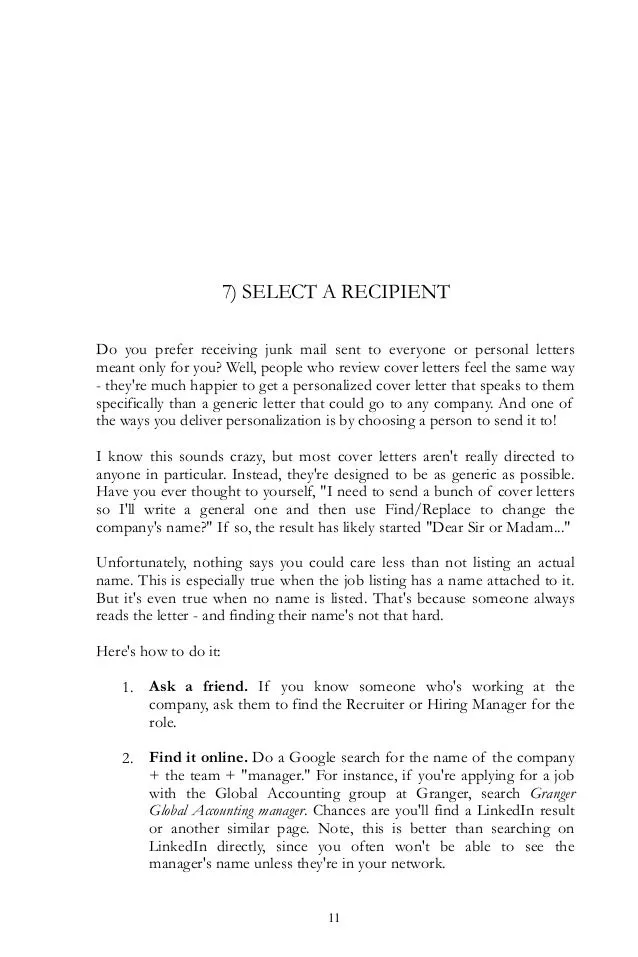
When describing your experience, focus on achievements and quantifiable results. Instead of simply listing your responsibilities, provide specific examples of your accomplishments. Quantify your achievements whenever possible. For example, instead of writing ‘Managed social media,’ write ‘Increased social media engagement by 30% in six months.’ Use data and metrics to back up your claims and showcase your impact. This provides concrete evidence of your skills and abilities. Use the STAR method – Situation, Task, Action, Result – to structure your examples. This method helps you to present your achievements in a clear, concise, and compelling manner. Demonstrating achievements and quantifiable results sets you apart from other applicants who only describe their responsibilities. Be specific and provide context to show the value you bring to the table.
Closing Your Cover Letter Effectively
Your closing paragraph is your final chance to make a positive impression, so make it count. A strong close should express your enthusiasm for the opportunity and provide a call to action. Your closing statement should reflect the tone and style of the rest of your cover letter, while leaving the reader with a positive impression. Always make sure to provide your contact information so the recruiter can reach you. This final paragraph is also your last opportunity to express gratitude to the hiring manager for considering your application.
Expressing Enthusiasm for the Opportunity
Conclude your cover letter by expressing your enthusiasm for the opportunity. State your genuine interest in the role and the company. If you’ve done your research, highlight a specific aspect of the role or the company that excites you. This shows that you’re not just sending out a generic application. Emphasize your desire to contribute to the company’s success and make a positive impact. Show your excitement for the position while reminding the reader of your interest in the job. This can involve reiterating your key skills and experience to reiterate your suitability for the role. Expressing enthusiasm demonstrates your commitment and makes you more memorable. This closing statement can also help to encourage the hiring manager to contact you.
Providing Contact Information
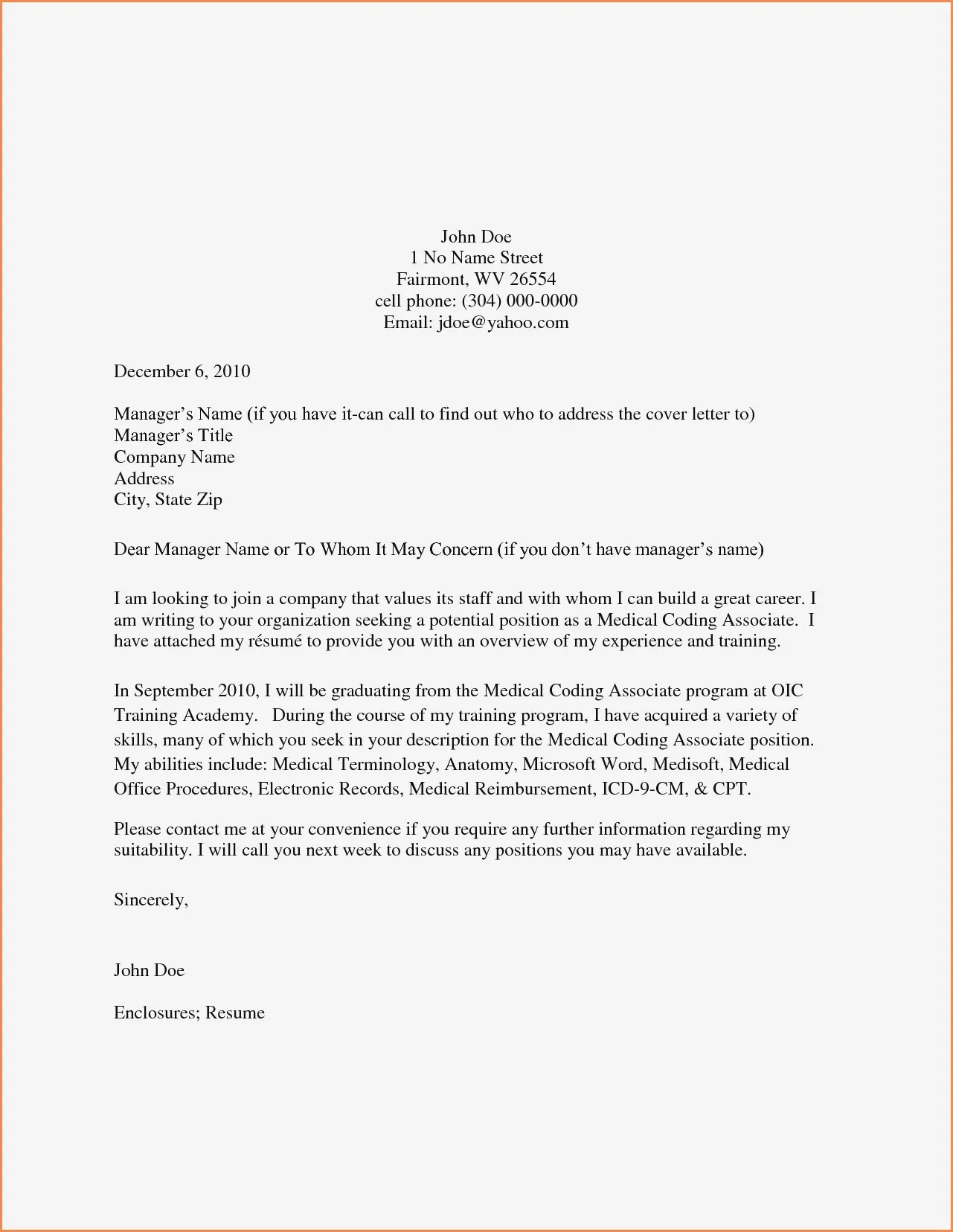
Always provide your contact information at the end of your cover letter. Include your phone number and professional email address. Make sure these are accurate and up-to-date. Also, consider including a link to your LinkedIn profile or online portfolio, if applicable. This makes it easy for the hiring manager to contact you. Your contact information should be readily available and easy to find. It’s a crucial step, as it enables the hiring manager to quickly reach you. Ensure your email address and phone number are checked frequently for any incoming messages.
Proofreading and Formatting
Before submitting your cover letter, proofread it carefully. Check for any grammatical errors, spelling mistakes, or formatting inconsistencies. A polished and error-free cover letter demonstrates your attention to detail and professionalism. Ask a friend or colleague to review your cover letter. Fresh eyes can catch mistakes that you might have missed. Pay attention to the overall formatting of your cover letter, use a clear and easy-to-read font. Ensure the layout is neat and organized, with proper spacing and alignment. A well-formatted cover letter is essential for making a positive impression. It’s important to make sure that your cover letter looks professional and is easy to read. This ensures that the hiring manager will pay attention to your qualifications and experience. Proofreading and formatting are often overlooked, but they can make or break your chances of getting noticed.
